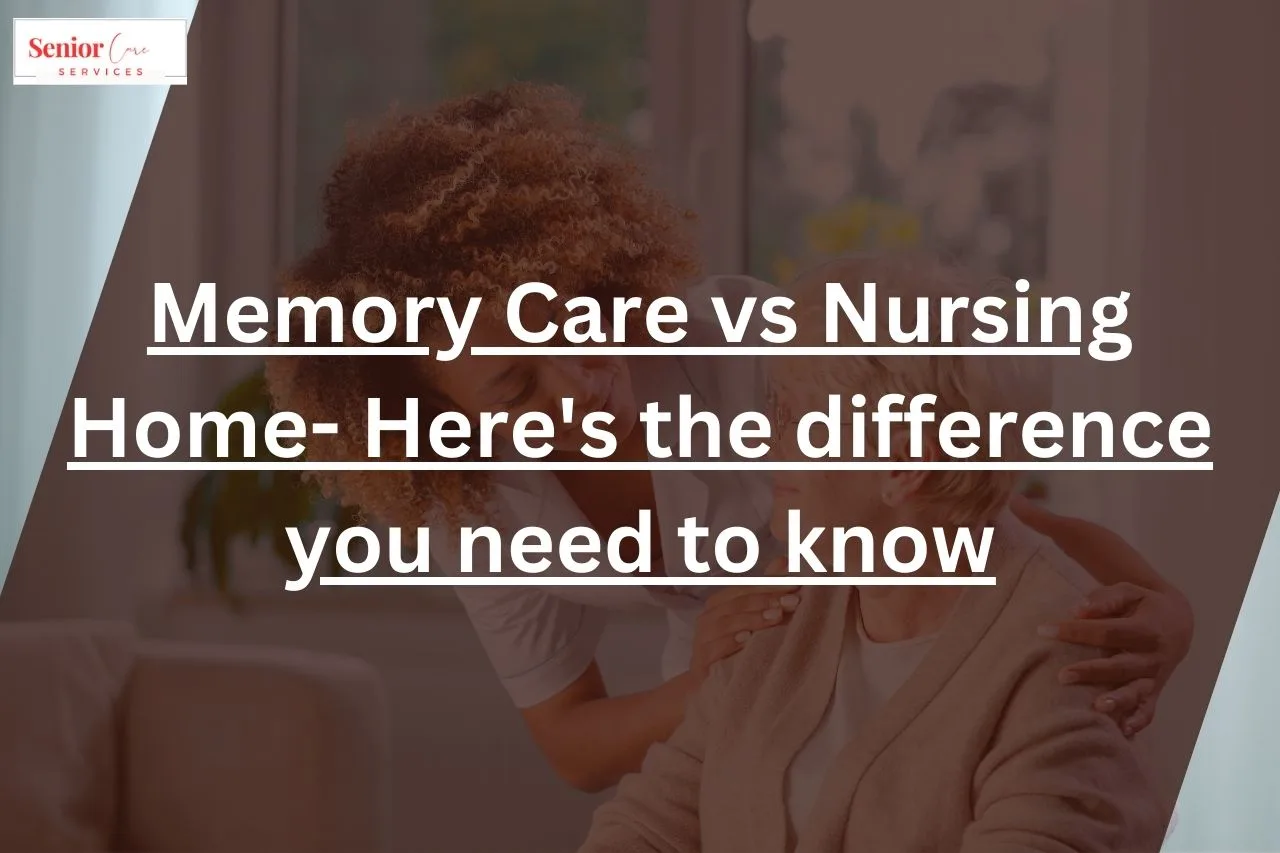Getting older doesn’t necessarily mean giving up independence. As adults transition into their golden years, many consider independent living.
Independent living is a fantastic option for seniors who are still active and capable but want the ease and interaction of community living with other seniors. However, the question that often arises is, “How much does Independent Living cost?”
In a short answer, Independent living costs less than assisted living, memory care, and nursing home care. It should range between $2,000-$7,000, depending on your location and needs.
The average cost of independent living facilities for seniors
Independent living, or retirement living, are residential communities designed especially for seniors who are capable and do not need support for any task (ADLs and IADLs). Seniors who can manage their personal care but prefer the convenience of community living with access to services like dining, fitness, housekeeping, and entertainment should opt for it.
In 2021, according to SeniorLiving.org, the monthly typical cost for an independent living community in the U.S. ranged from $1,500 to $6,000 – with an average of around $3,300 per month. This means most residents can expect to spend approximately $39,600 annually for independent living.
But remember, these figures are just averages and can move up or down depending on various factors.
More often than not, the national average cost of independent living can be a crucial baseline for potential residents who are budgeting for this type of living arrangement.
How much does independent living cost on average statewide
Delving deeper into independent living costs, it’s essential to understand the average expenditure for independent living communities across the U.S. These costs can widely differ based on the location and the range of services provided, which we elucidated previously.
As per data by aplaceformom.com, you can see the chart giving you a fair idea about the costs per room and the state you are in.
| State | Studio | Semi-private room | One bedroom |
|---|---|---|---|
| Alabama | $2,304.50 | $2,923.00 | $3,195.00 |
| Alaska | $771.00 | $1,000.00 | $1,316.00 |
| Arizona | $2,795.00 | $2,315.00 | $3,250.00 |
| Arkansas | $2,535.00 | $2,350.00 | $2,800.00 |
| California | $3,795.00 | $2,600.00 | $4,595.00 |
| Colorado | $2,919.00 | $2,575.00 | $3,610.00 |
| Connecticut | $3,932.50 | $3,487.50 | $4,599.00 |
| Delaware | $3,692.50 | – | $4,117.50 |
| District of Columbia | $3,311.00 | – | $3,589.00 |
| Florida | $2,855.00 | $2,400.00 | $3,300.00 |
| Georgia | $2,895.00 | $2,547.50 | $3,310.00 |
| Hawaii | $3,767.00 | One-bedroom | $4,527.00 |
| Idaho | $2,484.00 | – | $3,192.50 |
| Illinois | $2,400.00 | $2,600.00 | $2,985.00 |
| Indiana | $2,590.00 | $2,030.50 | $2,759.00 |
| Iowa | $2,870.00 | $2,177.50 | $2,505.00 |
| Kansas | $2,300.00 | $2,125.00 | $2,790.00 |
| Kentucky | $2,645.00 | $2,000.00 | $3,289.00 |
| Louisiana | $2,317.50 | $1,674.00 | $2,669.00 |
| Maine | $3,027.00 | $2,600.00 | $3,697.00 |
| Maryland | $3,184.00 | – | $3,700.00 |
| Massachusetts | $4,797.50 | $4,235.00 | $5,500.00 |
| Michigan | $2,637.50 | $1,960.00 | $2,845.00 |
| Minnesota | $2,050.50 | $1,675.00 | $2,350.00 |
| Mississippi | $2,587.50 | $2,200.00 | $2,950.00 |
| Missouri | $2,330.00 | $2,600.00 | $3,000.00 |
| Montana | $2,729.00 | – | $3,670.00 |
| National | $2,858.50 | $2,535.00 | $3,250.00 |
| Nebraska | $2,885.00 | – | $3,015.00 |
| Nevada | $3,100.00 | – | $3,600.00 |
| New Hampshire | $4,075.00 | $3,681.50 | $4,359.50 |
| New Jersey | $3,147.50 | $2,500.00 | $3,795.00 |
| New Mexico | $2,607.50 | – | $3,045.00 |
| New York | $3,297.50 | $3,495.00 | $3,300.00 |
| North Carolina | $2,907.50 | $2,622.50 | $3,509.00 |
| North Dakota | $2,074.00 | – | $3,114.00 |
| Ohio | $2,649.00 | $2,228.50 | $2,992.50 |
| Oklahoma | $2,237.50 | – | $2,500.00 |
| Oregon | $2,631.50 | $1,775.00 | $3,320.00 |
| Pennsylvania | $2,740.00 | $2,760.00 | $3,280.00 |
| Rhode Island | $3,647.50 | $2,785.00 | $5,395.00 |
| South Carolina | $2,859.00 | $1,725.00 | $2,867.00 |
| South Dakota | $2,647.50 | – | $3,215.00 |
| Tennessee | $2,329.00 | $1,200.00 | $3,000.00 |
| Texas | $2,344.50 | $3,000.00 | $2,600.00 |
| Utah | $2,675.00 | – | $3,255.00 |
| Vermont | $4,330.00 | $3,015.00 | $4,660.00 |
| Virginia | $3,217.00 | $3,040.00 | $3,500.00 |
| Washington State | $3,115.00 | $3,992.50 | $3,860.00 |
| West Virginia | $1,971.00 | – | $3,150.00 |
| Wisconsin | $2,486.00 | $2,981.50 | $2,860.00 |
| Wyoming | $2,399.50 | – | $2,869.50 |
Most Expensive States for Independent Living
The cost of independent living is subject to fluctuate significantly across states. Predictably, the cost is exorbitantly high in regions with high living standards. For instance, the states topping the list for most expensive independent living are New York, Massachusetts, and California due to their high cost of living.
In states like New York, the monthly costs can average up to $4,500 or even cross the $5,000 threshold in some upscale communities. The deciding variables that spike up the cost include the quality of amenities and services and the location of independent living communities in these states.
Least Expensive States for Independent Living
On the other end of the spectrum, states with a generally lower cost of living tend to offer more reasonably priced independent living options. States such as Missouri, Oklahoma, and South Dakota rank among the least expensive for independent living, with monthly costs averaging between $1,500 to $2,500.
While these options might be financially appealing, it is important for potential residents to carefully evaluate if these communities meet their overall lifestyle preferences and healthcare needs. Remember, the most affordable option might not always be the best one.
Factors Affecting the Cost of Independent Living
It’s no secret that independent living costs can vary dramatically. As with any significant life decision, understanding how these costs are calculated can assist seniors and their families make the most informed choices.
Some communities offer all-inclusive pricing that covers nearly everything. Others provide a basic level of services, with a la carte options available for an additional fee. Such pricing flexibility allows residents to tailor the services to their needs and budget, which is a benefit for many seniors.
The factors that affects independent living costs are:
Location and Regional Cost of Living
Communities situated in urban areas or regions with a high standard of living often come with a heftier price tag compared to those located in rural areas or regions with a lower cost of living.
Take, for instance, independent living communities in cities like New York or San Francisco, which are more likely to be relatively expensive due to the high cost of land and amenities in those areas. Conversely, communities in midwestern states, where the cost of living is generally lower, may offer more affordable options.
Apartment or home size
Lifestyle options also play a major role in the pricing structure. A studio apartment, for instance, will naturally cost less than a one or two-bedroom apartment.
Amenities and Services included in the Community
Depending on the community, the services can include everything from housekeeping, meal services, and maintenance to utilities, transportation, and a range of recreational activities.
Another key determinant of the cost of independent living is the scope of amenities and services offered within the community. As a rule of thumb, the more amenities, the higher the cost.
Communities offering deluxe services, such as fitness centers, swimming pools, gourmet dining, premium wellness programs, and extensive social activities, may cost more than those that provide basic amenities. Some communities offer packages that allow residents to pick and choose the services they prefer, which can influence the overall cost. Available health care services, frequency of housekeeping, and meal plans can also affect the final charge.
Supply and Demand Economics
Of course, the pricing of independent senior living is also influenced by classic economic principles, including supply and demand. In areas with a large senior population and a limited number of independent living communities, prices are likely to be higher.
Conversely, in areas with a smaller senior demographic or an ample supply of communities, prices may be lower. It’s crucial to note that, like most living arrangements, the cost of independent living isn’t cut-and-dried.
Ways to bring the independent living cost down
To understand the cost, we must know that there are several types of Independent living arrangements available, and understanding them can aid in assessing associated costs.
- Rental Retirement Communities: These are typical apartment-style communities where rent typically includes meal services, utilities, housekeeping, and a calendar of social activities.
- Senior Co-Housing: A type of community where seniors share common spaces like kitchens and social areas but have private living quarters. These are becoming increasingly popular due to their lower cost, which usually ranges from $600 to $2,500 per month depending on the location and amenities included.
- Active Adult Communities: These are age-restricted (generally 55+) communities designed for active adults. These communities typically sell homes rather than rent and have amenities like golf courses and fitness centers. Costs here will include the upfront investment for the home and monthly homeowner association (HOA) fees.

